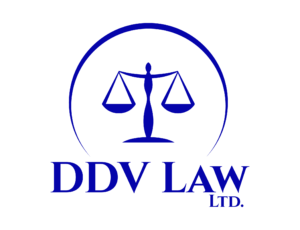The Paycheck Protection Program (PPP) administered by the Small Business Administration (SBA) was extended to August 8, 2020. The extension was signed into law by President Trump on July 4, 2020. On July 6, 2020, the SBA released a database of all the PPP loans issued up to June 30, 2020. In an accompanying press release, the SBA pointed out that almost 4.9 million loans had been made, which was believed to have supported 51 million jobs and over 80% of small business employees. The average loan size was around $100,000. The loan database showed that a little over $521 billion of the $650 billion loan fund had been used as of June 30th.
On June 22, 2020, just prior to the program’s extension, the SBA released new Interim Final Rules (IFR). One of the program’s biggest criticisms is a desire for transparency and accountability to prevent fraud balanced against a true desire to help the small businesses this legislation targeted. The SBA’s loan database release on July 6th was the first test of this balance. The database provided the names of any borrower receiving a loan amount over $150,000. It also provided some of the loan application information, such as the number of employees, upon which the loan was granted. Due to the sheer volume of loans processed in such a short amount of time, some lenders are admitting not all loan information was entered into the SBA database, or it was not entered correctly. Many loan recipients fear this incorrect database information will trigger an audit and penalties.
Fortunately, the SBA provides a safe harbor for audits of PPP loans. The new IFRs issued on June 22nd did not change the existing safe harbor. Any loans under $2 million are automatically considered made in good faith due to economic uncertainty. There is very little reason for the SBA to audit any loan below this amount. The SBA would need a compelling reason to look beyond the information provided by the applicant during the initial application to see if there was fraud, such as lying about the number of employees or the amount of payroll, rent, etc.
The June 22, 2020 IFRs mostly focused on clarifying PPP loan forgiveness, specifically the timing to apply for forgiveness and how much can be forgiven. The new IFR made it clear that a borrower can apply for loan forgiveness anytime within 8 and 24 weeks of the loan period. Thus, if, when you took out the loan, an 8-week period was chosen to spend the funds instead of a 24-week period, you can now choose to wait 24 weeks to apply for loan forgiveness. Bear in mind, there are several other rules that must be met for loan forgiveness. A few include whether all the loan funds have been spent, whether payroll has been reduced during the loan period by more than 25%, and whether the borrower is a self-employed or an independent contractor. This is merely a discussion of the June 22nd IFR clarification.
Another IFR released June 22, 2020 is an update to the loan forgiveness application form. Forgiveness applicants now use Form 3508EZ. Also, the original lender may produce their own application form. This change came about after numerous complaints about the overly complicated original Form 3508. Submitting Form 3508EZ and supporting financial documents, such as payroll reports from a third-party payroll processor showing all the funds were used on payroll, should result in 100% loan forgiveness.
One of the biggest payroll issues surrounding PPP loans are payroll taxes. Using PPP loan money to pay expenses, such as rent, utilities, and payroll taxes, means those expenses are not deductible come tax time. Any PPP loans that are forgiven are not taxable, but, again, the expenses paid with PPP loan money cannot be used as a tax deduction when preparing the tax return next year. The June 22, 2020 IFRs did not address this. There is significant lobbying underway to try and change this.
With what looks like a second round of COVID-19 hitting the United States, the PPP extension could not come at a better time for businesses that have not yet taken a loan. For businesses that already took a loan, lobbying is underway for a second round of loans to be made available to businesses under the PPP. There are also additional stimulus programs being negotiated.
Contact our Chicago area offices by calling 312-878-0155 for assistance with your PPP loan.

